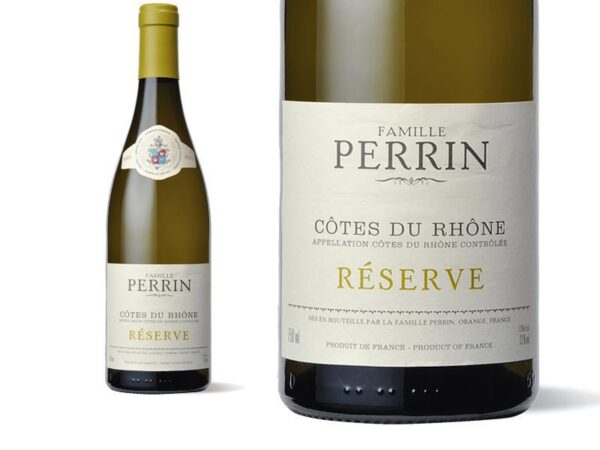
Recently, the world lost two of the most important figures in California’s wine history when Jim Clendenen and Dr. David Bruce passed away.
Clendenen was 68. Bruce was 89.
These men were iconic figures in California’s world of fine wine, but not in the way many people think of domestic wine history: They were producers of great cabernet sauvignons that can win head-to-head contests with mighty Bordeaux.
Cabernet put California on the international wine stage. Today’s cabs command outrageous prices and are considered highly collectible the world over.
What Clendenen and Bruce did, with far less public recognition, was shine a spotlight on two grape varieties that decades ago had checkered histories and were always poorly understood. Their efforts helped fixed that.
Not to demean cabernet’s success, but it’s a grape that’s awfully forgiving. It allows winemakers much latitude in making excellent wines. It grows in many locations, withstands some of Mother Nature’s harshest conditions year to year, and takes well to being blended for improvement.
Chardonnay and pinot noir, by contrast, are difficult-to-handle Burgundian grapes that are far more recalcitrant and don’t like being blended; they are solipsists. Also, they’re closely connected to their soils and climes, and therefore, they often make mediocre wines when planted in the wrong spots.
Finding great examples of chardonnay or pinot isn’t easy, so the best, from France’s Burgundy district, can be outrageously expensive and nearly impossible to obtain.
It was that challenge, as well as several others, that led Clendenen and Bruce to accept the challenge so many avoided: to make exemplary wines from those grapes. And they did so in spite of the fact that at the times they founded their respective wineries, the general public had virtually no interest in either grape.
Jim Clendenen, who founded Au Bon Climat in 1982, was a gregarious, loquacious fellow who made friends easily and, when not making wine, spent much of his working life visiting France and getting to know virtually every great winemaker there who had fingers in both varieties. He learned tricks and strategies, came home to apply them, and shared his knowledge freely with follow winemakers.
David Bruce, a dermatologist and dedicated Burgundy lover, was a quiet, thoughtful man who spent many of his working years traipsing through vineyards of California’s Central Coast, where he believed a Burgundian style of wine (both white and red) could successfully be produced.
As such, he pioneered purchasing fruit from virtually every vineyard from which he thought he could produce an exemplary wine, and he frequently did so for an audience that (in the early 1960s) simply had to accept his word that those wines were authentic.
Back then in California, burgundy was a lower-case red wine blend of no account and hadn’t yet ascended to the capital B Burgundy later wine lovers would revere. Bruce’s clientele learned the ropes from him.
When he planted his vineyard in 1961 in the Santa Cruz Mountains, and when Clendenen planted his 21 years later in Santa Barbara County, the world was still unaware of what they were doing. I got to know both men well in the late 1970s and found them to be overwhelmingly dedicated to a craft that could be called thankless, especially since audiences were so limited.
In today’s world, great California chardonnays and pinot noirs command prices topping $100 a bottle, and wine collectors invest not only in wine bottles but also in the lands they see as producing exceptional wines to rival those of Burgundy.
Both men led the way to creating this Burgundian explosion.
The world has lost two of its most visionary U.S. practitioners from this once-obscure sector of the wine-art industry—losses I feel most personally.
Wine of the Week
2020 Perrin Cotes du Rhone Reserve (Blanc) ($13): White wines don’t often display such beautiful, aromatic complexities as this one, a blend of various Southern Rhone varieties. There’s a delicate floral note, a bit of peach, and a succulence normally found in more expensive wines.

To find out more about Dan Berger and read features by other Creators Syndicate writers and cartoonists, visit the Creators Syndicate webpage at Creators.com. Copyright 2021 Creators.com





Be the first to comment